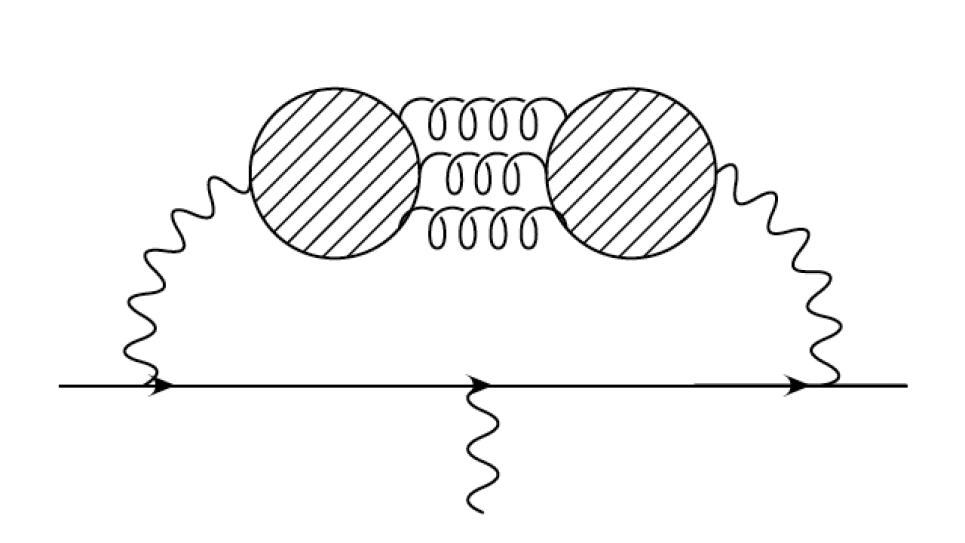
Quark-connected (left) and disconnected (right) diagrams contributing to the muon anomalous magnetic moment in QCD at O(α2) through the hadronic vacuum polarization. On the left, all QED vertices lie on a single quark loop while on the right the two quark loops are connected only by gluons.